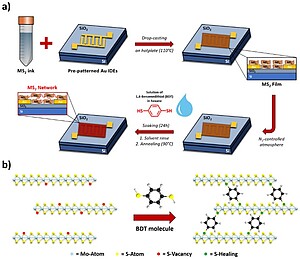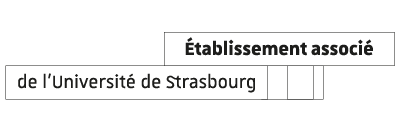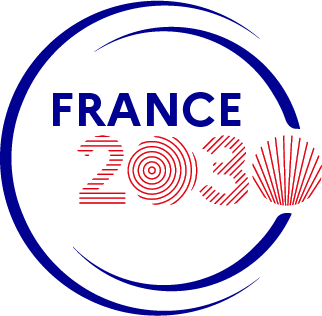Publication date: 19/07/21
ThemesNews
Researchers from the Nanochemistry Laboratory of the Institute of Supramolecular Science and Engineering (ISIS) at the University of Strasbourg, in collaboration with Trinity College Dublin (Ireland) and the University of Cambridge (United Kingdom), have devised a new molecular strategy to boost the performance of electronic devices based on semiconducting 2D materials. These results have been published in the journal Nature Nanotechnology.
The next generation of electronic devices should be printable, performing, light and capable of demonstrating multiple functions. To this end, new semi-conductor materials are highly necessary. Transition metal dichalcogenides (TMD) occupy a prominent position among bi-dimensional semi-conductors (2D) and offer a wide range of electronic, optic and mechanical properties.
2D TMDs can be obtained by liquid-phase exfoliation of bulk crystals in specific solvents. This process allows a large-scale production of highly concentrated TMD inks, even if it suffers structural defects that are detrimental to the performance of materials in (opto)electronics.
A simple but efficient idea
The researchers from Strasbourg, Dublin and Cambridge have made significant progress by developing a molecular functionalisation strategy to overcome these limitations. The idea is simple but efficient: using small molecules in order to simultaneously “heal” the defects in a material that are generated during exfoliation and bridge the neighbouring flakes. In this way, the crystalline structure of the TMD is restored and the charge transport across the covalently interconnected network is improved, leading to electronic devices (for example thin-film transistors) with superior electrical performance, water stability and mechanical robustness.
This universal approach represents a major breakthrough and holds great potential for applications in printed, flexible and wearable (opto)electronics, (bio)sensing as well as (photo)catalysis.
-
See the article published on 25 February 2021 in the journal Nature Nanotechnology as well as the full press release (in French).
-
For further information on Paolo Samorì’s research, see also the university articles, Electroluminescent transistors activated by optical stimuli and Graphene as a detective to unravel molecular self-assembly (in French).
















